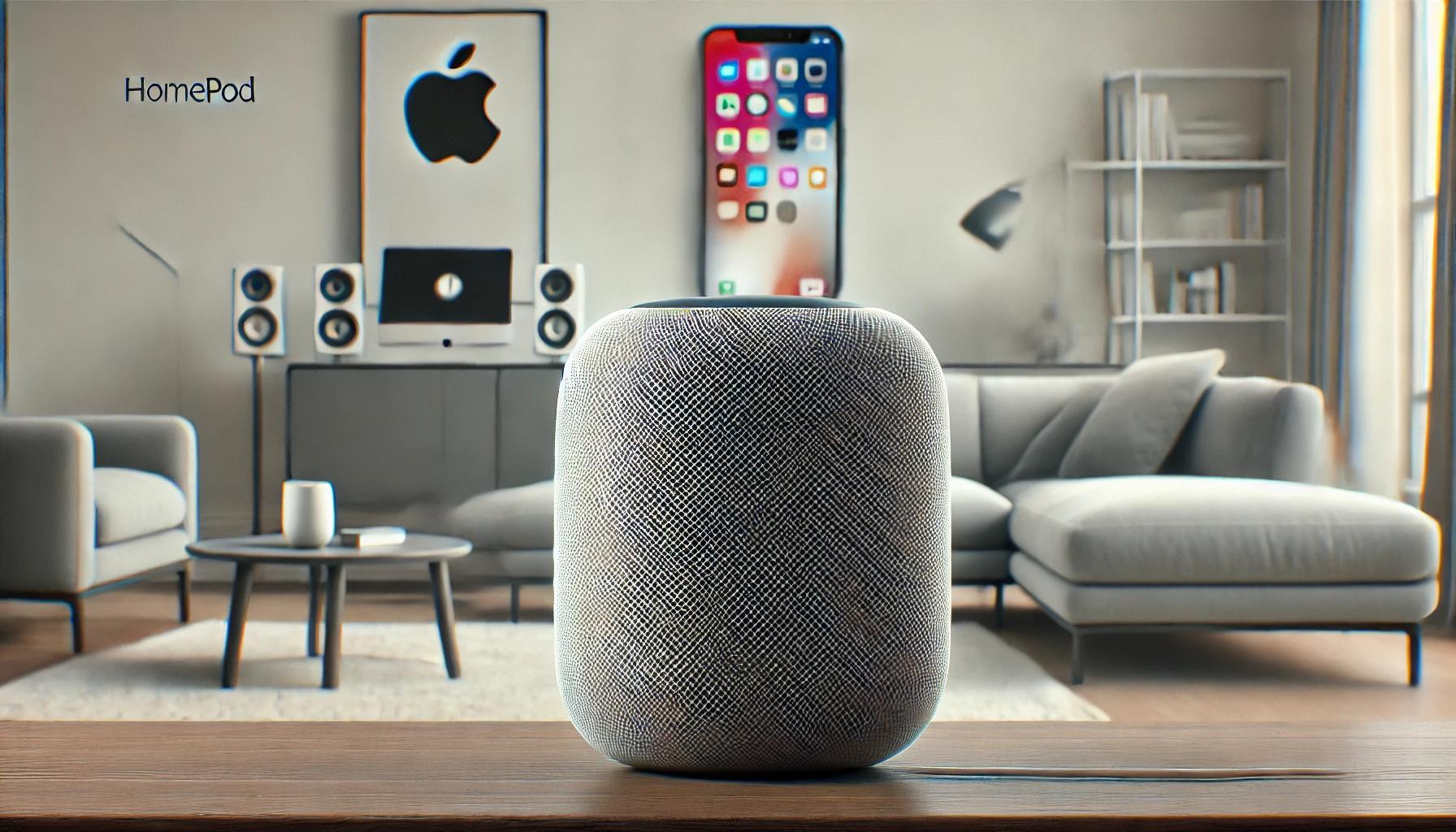Apple’s HomePod is a high-end smart speaker known for its superior sound quality and deep integration with the Apple ecosystem. However, many users might notice that the HomePod doesn’t support traditional audio interfaces like the 3.5mm audio jack or optical input. This design choice has its advantages, but it also presents some potential drawbacks. Let’s explore the pros and cons of HomePod not supporting other audio interfaces.

Pros: Ensuring Optimal Sound Quality and Ecosystem Consistency
First, Apple has always preferred to create a closed ecosystem, ensuring seamless connectivity and the best performance among its devices. By limiting the HomePod’s audio input options, Apple encourages users to rely more on its own services, like Apple Music. This not only enhances HomePod’s value within the broader Apple ecosystem but also strengthens user loyalty to Apple products.
Secondly, HomePod primarily relies on wireless audio transmission, such as AirPlay 2. This approach reduces the need for physical interfaces, making the device’s design more sleek and modern, aligning with current smart home trends. With AirPlay, users can easily transmit audio from their iPhone, iPad, Mac, and other devices to the HomePod, enjoying high-quality sound without the hassle of cumbersome cable connections.
Moreover, Apple’s emphasis on sound quality is another reason for not supporting other audio interfaces. HomePod’s hardware and software are meticulously tuned to ensure that audio transmitted via AirPlay achieves the best possible effect. Supporting traditional audio interfaces might introduce unnecessary variables that could affect sound quality. By controlling the audio input method, Apple can better manage and optimize the sound experience, ensuring users receive the ideal auditory performance.
Cons: Limitations and Reduced User Choice
However, HomePod’s lack of support for other audio interfaces also brings some inconvenience, especially for users accustomed to using wired audio devices. Traditional audio interfaces like the 3.5mm jack or optical input are widely used across various audio devices and accessories. This design choice by HomePod limits users’ ability to connect these devices, reducing its compatibility and flexibility.
Additionally, while wireless audio transmission aligns with modern trends, some users still prefer wired connections, believing they offer more stable sound performance. For these users, the lack of support for other audio interfaces in HomePod might be seen as a drawback, as they cannot connect their audio devices to the HomePod in the traditional manner.
Conclusion
In summary, the design choice of not supporting other audio interfaces on HomePod has both its advantages and limitations. From Apple’s perspective, this decision ensures the best sound quality, enhances integration with its ecosystem, and promotes the development of wireless audio technology. However, for users accustomed to using traditional audio interfaces, this design might present some inconveniences. Nevertheless, as a representation of Apple’s design philosophy and technological innovation, HomePod still offers users an exceptional sound and user experience.